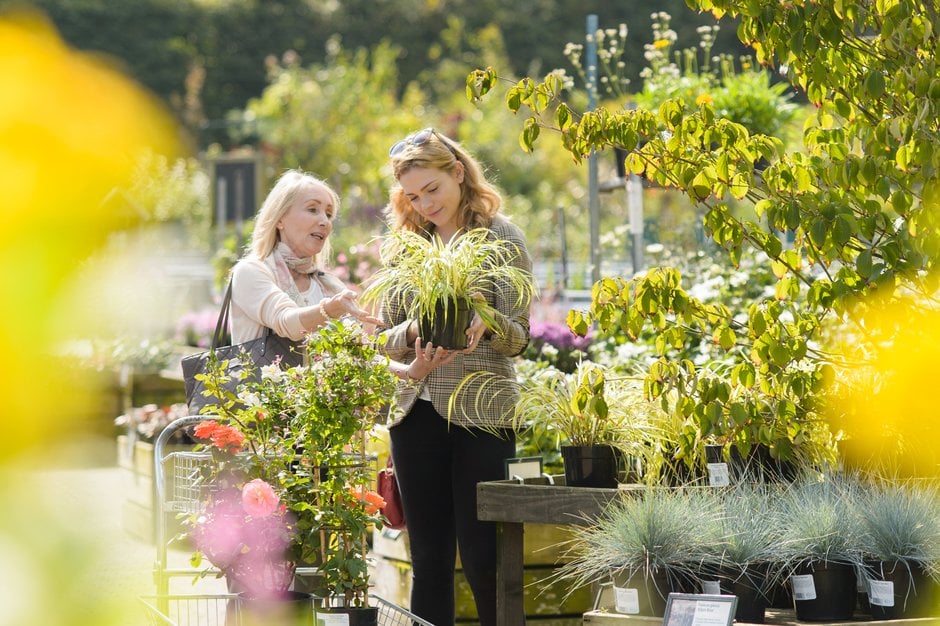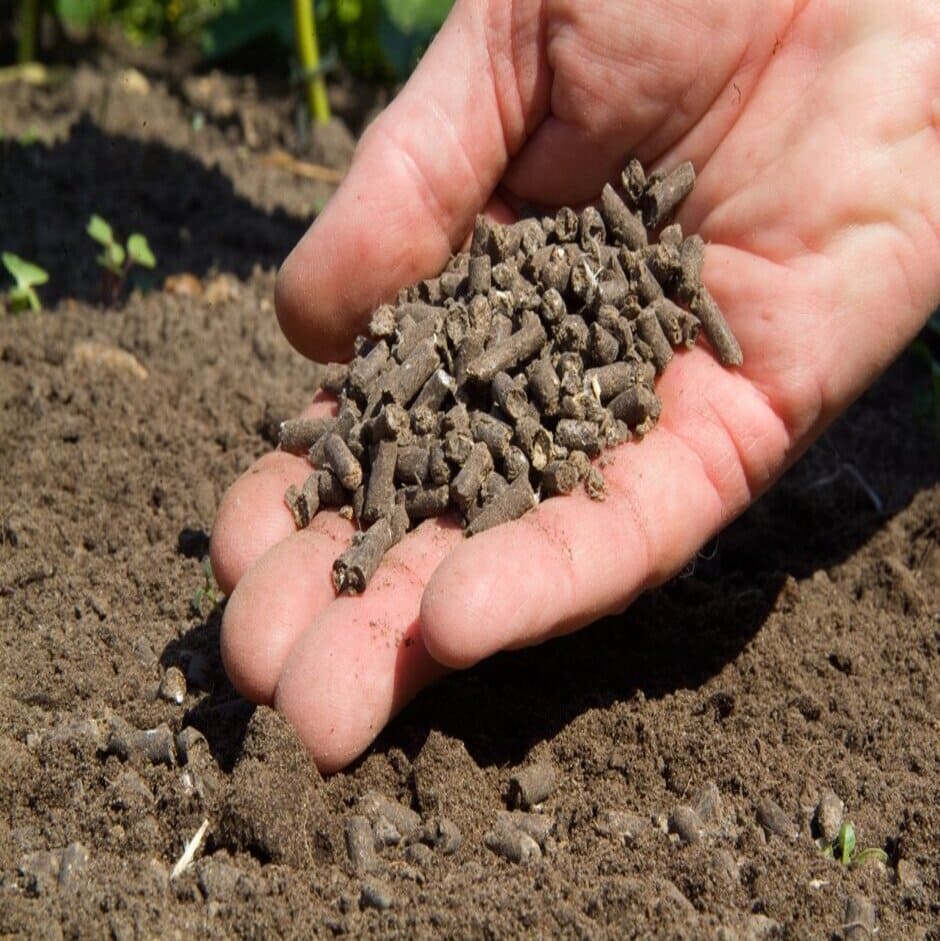Growing guide
How to grow Phalaenopsis (moth orchids)
Phalaenopsis, or moth orchids, are the most popular indoor orchids, with exotic, long-lasting flowers. They are easy to look after and grow well in centrally heated rooms.
Quick facts
- Easy-to-grow houseplants
- Long-lasting displays of exotic flowers
- Can bloom at any time of year
- Like bright light, but not direct summer sun
- Keep above 16°C (60˚F)
All you need to know
What are moth orchids?
These tropical orchids produce exotic displays of showy blooms that last for several months. The flowers come in a range of colours, most often white, pink or purple, but also shades of yellow, peach and burgundy. The petals may be veined, patterned or blotched with a combination of these colours. The tall, arching flower stems can be produced at any time of year and sprout from a clump of long, leathery, evergreen leaves.
These orchids have been widely bred to produce many free-flowering and easy-to-grow hybrids. They grow well as houseplants, enjoying the year-round warmth and filtered light in our homes.
They are grown in very loose, airy compost, mainly made of composted bark. Keeping the roots in good condition – not too wet or too dry – is the key to success with moth orchids.
How and what to buy
Moth orchids are among the most widely sold flowering houseplants and are available from many outlets, including garden centres, supermarkets, DIY stores and florists. They are also available from many online houseplant retailers. See our guides below for some helpful tips for choosing healthy plants.
Thanks to modern propagation techniques, moth orchids are now cheaper and more readily available than ever before, in an ever expanding diversity of colours and patterns. They range in size from miniature plants just 15–20cm (6–8in) tall, to statuesque specimens of 50cm (20in) or more.
Most moth orchids are sold as unnamed hybrids – only specialist orchid growers offer named species and hybrids. Newer introductions and recent hybrids (even if unnamed) tend to be easier to grow and bloom more frequently.
For more ideas and inspiration, visit the Glasshouse at RHS Garden Wisley, to see all kinds of orchids in full bloom. Many of the RHS Shows also feature spectacular displays by orchid nurseries, and every spring the RHS holds an orchid show.
Buying: garden centre plants Buying: mail order plants How to choose healthy plants
Positioning
-
In winter, position moth orchids in bright light to encourage flowering. An east- or west-facing windowsill is ideal. You could also consider using artificial lighting
-
In summer, keep them out of direct sun, as it can scorch the leaves
-
Moth orchids like consistently warm conditions all year round – 19–30°C (66–86°F) during the day and 16–19°C (61–66°F) at night
-
Keep plants away from radiators and heaters, and out of draughts, as they dislike fluctuating temperatures.
Watering
Correct watering is vital to ensure moth orchids stay healthy. If kept too wet, the roots are likely to rot, but if kept too dry, the roots may shrivel and die.
-
Water moth orchids weekly throughout the growing season, but reduce watering slightly in winter
-
Never let the roots dry out completely and never let plants sit in water. Always let excess water drain away
-
Ideally use tepid water, preferably rainwater
-
When watering, take care not to splash the leaves or get water into the crown, although you can mist the plant lightly in summer to increase humidity
Water moth orchids lightly, about once a week. Water from above and tip out any water that collects in the saucer. Alternatively, hold the container under a gently running tap, being careful not to wet the leaves, or stand it in a bowl of water, then allow to drain thoroughly.Avoid overwatering
Water: collecting, storing and re-using Water: using softened and other types Watering


Feeding
To encourage strong growth and flowering, feed lightly but regularly during the growing season using a specific orchid fertiliser.
However, regular feeding every time you water can lead to a build-up of potentially harmful salts in the compost. To flush these out, water without feeding every fourth watering.
Feed only sparingly, if at all, during the winter months.
When using fertiliser, take care to follow the manufacturer's instructions, as overfeeding can be damaging rather than beneficial.
Fertilisers
Encourage flowering
If the plant is large and healthy but hasn't flowered for a while, move it to a cooler spot, reducing the temperature by about 5°C (8°F) for a month or so. It should then send up a new flower stem.
To stimulate repeat-flowering, cut back the old stalk after all its blooms have fallen to just above the second node (joint) beneath the spent flowers. A new flowering side-shoot will often form.
Deadheading
If the faded blooms don't fall by themselves, pick them off to keep the plant looking its best.
After all the flowers on a stem have fallen, cut it off just above a healthy node (joint) lower down the stem, to encourage a new flowering side-shoot to sprout from that node.
Re-potting
Moth orchids can be re-potted at any time of year, as long as the roots are active and have green tips. Re-potting is only necessary once a plant has become too large for its container or has been in the same compost for two years:
-
Choose a transparent container. This allows you to see if the compost is still moist below the surface, so you know when to water. Some roots can also photosynthesise, so a clear container helps with this
-
Always use specially formulated bark-based orchid compost. Never use loam-based or multipurpose compost, as these will kill moth orchids
It is important to completely change the compost every couple of years, as the structure of bark-based orchid composts deteriorates. It becomes less airy and more dense, holding onto water longer, which can cause the roots to rot.Re-pot every two years
Re-potting is straightforward:
-
Remove the orchid from its container and pull out all the old bark compost from among its roots, untangling them gently if necessary
-
Snip off any unhealthy or dead roots – these may be brown, shrivelled, mushy or hollow
-
Shorten the remaining healthy roots back to about 12cm (5in). Healthy roots are plump, firm and silvery-white
-
If the roots now fit comfortably into the old container, then re-use it. Be careful not to overpot into too large a container – if there is lots of excess compost, it will stay wet for too long, causing the roots to rot
-
Hold the plant in the container at the level it was previously growing, and fill in the spaces around the roots with fresh orchid compost. Gently firm it in as you go, especially around the edges. If done correctly, when you pick up the plant by its stem, the container and compost should come with it and not fall away. Loose compost will cause the plant to be unstable and may damage the new root tips, stopping them from growing
-
Don’t bury any roots that are growing out into the air, as these may rot if covered with compost
-
If the plant is unstable or lopsided, you may need to add a small cane or two to provide support until the roots have established in the new container
-
Finally, give the plant a thorough watering, ensuring the whole rootball is moistened. Let the water drain straight out and don't leave the plant sitting in water
Caring for older plants
Moth orchids are easy to look after and can continue growing – and flowering regularly – for many years with minimal maintenance. Just keep them warm, in good light, water regularly and re-pot every couple of years. Occasionally wipe the leaves with a damp cloth to remove any dust.
Moth orchids often form roots above the compost that look like they're trying to clamber out of their container. These are nothing to worry about and you shouldn't try to bury them or cut them off. Moth orchids are epiphytes, which means they naturally grow on other plants, usually on tree branches. In the wild, these 'aerial' roots help them cling to their perch and absorb nutrients and moisture from their surroundings. In hot weather, mist the foliage and aerial roots daily, or stand the pot on a wide saucer filled with damp gravel.
Increase the humidity
Pruning
-
After flowering, cut off the stalk just above the second node (joint) beneath the spent flowers. A new flowering side-shoot may then sprout from the node
-
If no new flower shoot develops and the whole stem dies, turning pale and dry, snip it off at the base
-
Cut off old leaves as they start to fade, to keep the plant looking its best
Training
Moth orchids are usually sold with the flower stem clipped to a thin supporting stake, to hold it upright. Subsequently, when plants produce new flower stems, clip or tie these to the stake so the stem doesn't droop under the weight of the large flowers or grow in a wayward direction.
Propagating
Occasionally, a small plantlet (keiki) will sprout from a node on the flower stem. Once this has formed several good roots you can detach it and pot it up in orchid compost. Water sparingly at first, but mist the leaves daily.
You can encourage moth orchids to produce keiki by applying 'keiki paste' (a specialist hormone preparation) to the nodes on spent flower stems. This can be a little fiddly:
-
Use a scalpel to make a vertical cut through the bract covering the node. Be very careful not to cut into the bud beneath
-
With tweezers, pull away the two halves of the bract and apply a little keiki paste to the exposed bud
-
After six to eight weeks, a little plantlet may form
Keiki paste is available from specialist orchid suppliers. Ordinary hormone rooting compound will not work.
If given the correct growing conditions, moth orchids are healthy and long-lived houseplants. But you may sometimes encounter the following problems:
-
Lack of flowers – move the plant to a slightly cooler location, with a temperature about 5°C (8°F) lower, for a month or so. This should stimulate flowering
-
Root deterioration or rot – keep the compost slightly damp. If too wet, the roots are likely to rot, if too dry, they may shrivel and die. Healthy roots are vital to your plant's good health. Using a transparent container makes it easier to check on the roots. When re-potting, avoid using a much larger container (overpotting), as excess compost can hold onto moisture and encourage root rot
Moth orchids are generally untroubled by pests and diseases. However, they may occasionally attract mealybugs, so check plants regularly, as the earlier you spot any pests, the easier it will be to get rid of them.
When grown in a greenhouse, or temporarily outdoors in summer, slugs and snails may cause damage.
How to control pests without chemicals Leaf damage on houseplants Tips on preventing pest problems
Get involved
The RHS is the UK’s gardening charity, helping people and plants to grow - nurturing a healthier, happier world, one person and one plant at a time.